Corrosion is the wearing away or alteration of a metal by electrochemical reaction or by direct chemical attack. We will focus on electrochemical corrosion, also known as galvanic corrosion. Metals have a specific relative electrical potential. When dissimilar metals are in contact with each other in the presence of an electrolyte (moisture for example), a low level electric current flows from the metal having the high potential on the galvanic series (see chart) to the metal having the lower potential. This is known as galvanic action. The metal in the higher position on the chart corrodes at a faster rate. This occurs due to the conduction of electrons through the metals from anode (+) to cathode (-), and a conduction of ions through the electrolyte which forms the corrosion products. Water is a common electrolytic solution, with salt water being even more damaging due to the high concentrations of dissolved salts. It is important to know from which of the dissimilar metals the current will flow when selecting materials.
To minimise galvanic corrosion in a fastener assembly, try to use the same, or similar metals, especially if an electrolyte is present. If dissimilar metals are coupled together, those that are most widely separated on the chart are most likely to cause corrosion. When dissimilar metals are used in the presence of an electrolyte, separate them with a dielectric (insulating) barrier, such as a paint or coating. Avoid assemblies where the anodic material is small compared to the cathode. There is a higher current density when the current flows from the smaller area to the larger. The threaded fastener which is typically small should be lower on the galvanic chart than the parent material being fastened. In some applications, galvanic action can be used advantageously by coupling the part requiring protection to a more positive (less noble) metal which will sacrificially corrode, e.g. "zincs" on boat motors.
The best way to preclude galvanic action from occurring is to eliminate the electrolyte conductor from the fastener assembly. Some additional helpful hints are:
| ANODE (+) (Least Noble) |
Metal or Alloy |
|---|---|
| ↓ | Magnesium |
| ↓ | Magnesium Alloy |
| ↓ | Zinc |
| ↓ | Aluminum 1100 |
| ↓ | Cadmium |
| ↓ | Aluminum 2024-T4 |
| ↓ | Steel or Iron |
| ↓ | Chromium Iron (Active) |
| ↓ | Ni-Resist |
| ↓ | Type 304-Stainless (Active) |
| ↓ | Type 316- Stainless (Active) |
| ↓ | Hastelloy C |
| Electric Current Flows from Positive ( + ) to Negative ( - ) |
Lead, Tin Solders |
| Lead, Tin | |
| Nickel (Active) | |
| Inconel | |
| Hastelloy B | |
| ↓ | Brasses, Copper, Bronze |
| ↓ | Copper-Nickel Alloys |
| ↓ | Monel |
| ↓ | Silver Solder |
| ↓ | Nickel (Passive) |
| ↓ | Inconel (Passive) |
| ↓ | Chromium-Iron(Passive) |
| ↓ | Type 304 Stainless (Passive) |
| ↓ | Type 316 Stainless (Passive) |
| ↓ | Silver |
| ↓ | Titanium |
| CATHODE ( - ) (Most Noble) |
Graphite, Gold |
| Platinum |
- Isolate the fasteners from the electrolyte. This can be done through gasketing or sealing.
- Specify cadmium plated inserts. The cadmium plate provides a sacrificial barrier against corrosion. In addition, the cadmium acts as a lubricant to minimise galling with stainless steel screws. Zinc plating is also commonly applied. In both cases, the supplementary chromate treatment is recommended. Normally a plating thickness of .0001" is more than adequate for inserts used under extreme conditions.
- Apply corrosion inhibiting compounds to the screw. These include zinc chromate primer (MIL-P-8585) and strontium chromate primer (MIL-P-23377). If primer is applied to the tapped hole, it should be applied sparingly, and the insert should be installed while the primer is still wet.
- Specify a dry film lubricant coating on the insert such as molybdenum disulphide. This provides a secondary barrier against corrosion between the insert, and parent material and screw.
- Chemically treat the parent material. Apply oxide coatings to aluminum such as Anodize, Alodine, Iridite, Hardcoat, or equivalent. Some processes are recommended for their ability to prevent dimensional changes in the parent material. Contact the manufacturers for details on these coatings, and for treatments to be used on magnesium.
Some coatings may require that the tapped holes be plugged prior to application.
The reality is that it is virtually impossible to completely eliminate corrosion under all conditions. Metals (like people) have an inherent ability to return to their natural state, and unlike most people, metals do so willingly. Corrosion is costly in its many forms. It must be considered at the initial design stages. Hopefully, this information will help the designer to understand the principles of galvanic corrosion, and to select components, coatings, sealants, etc. to minimise these effects to an acceptable level. For severe corrosion applications (immersion in colas, diet sodas, etc.) we suggest that metallurgists or corrosion experts be consulted.
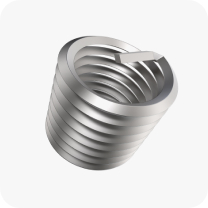
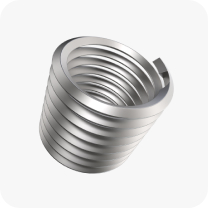
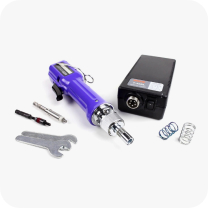

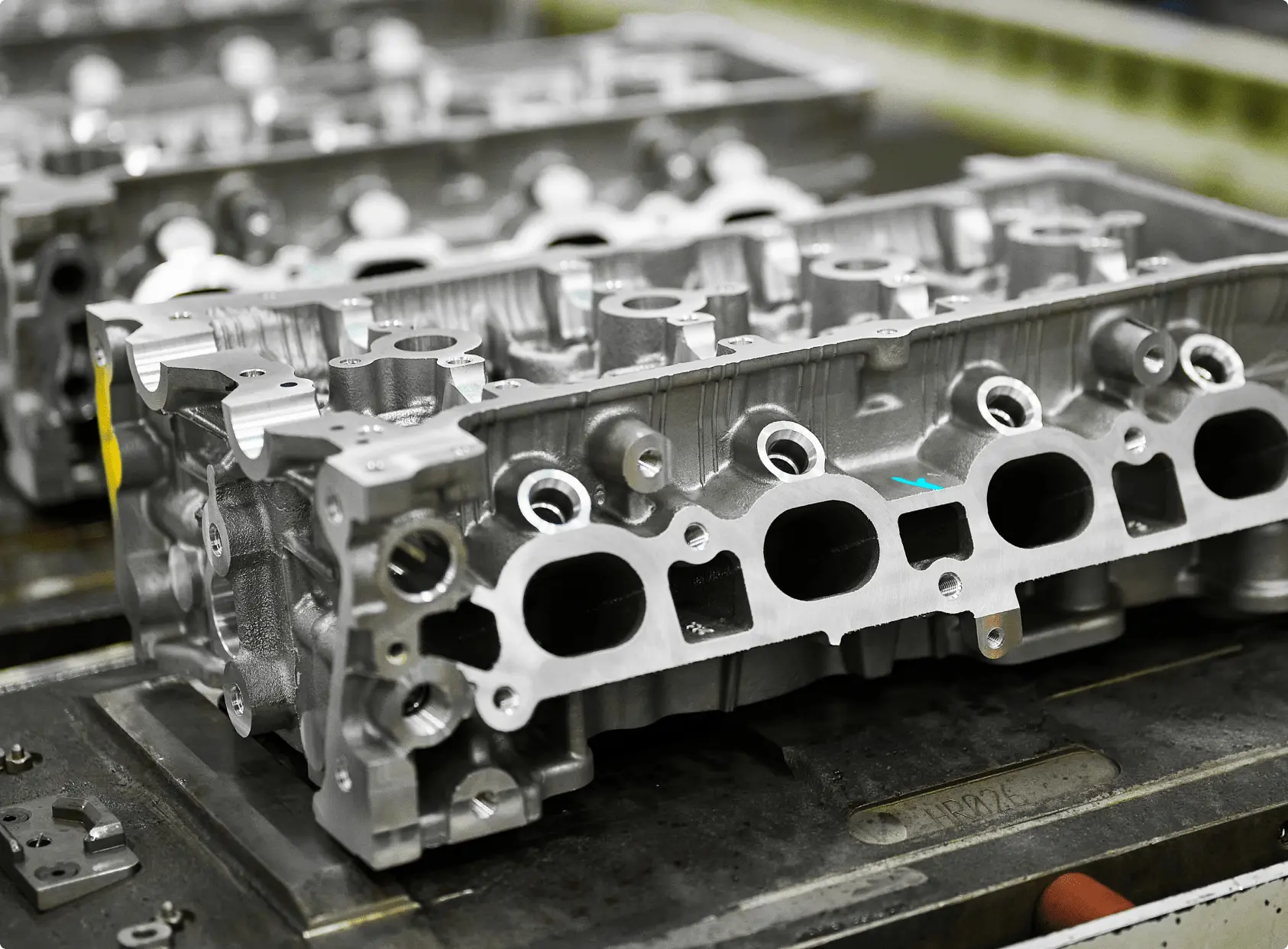
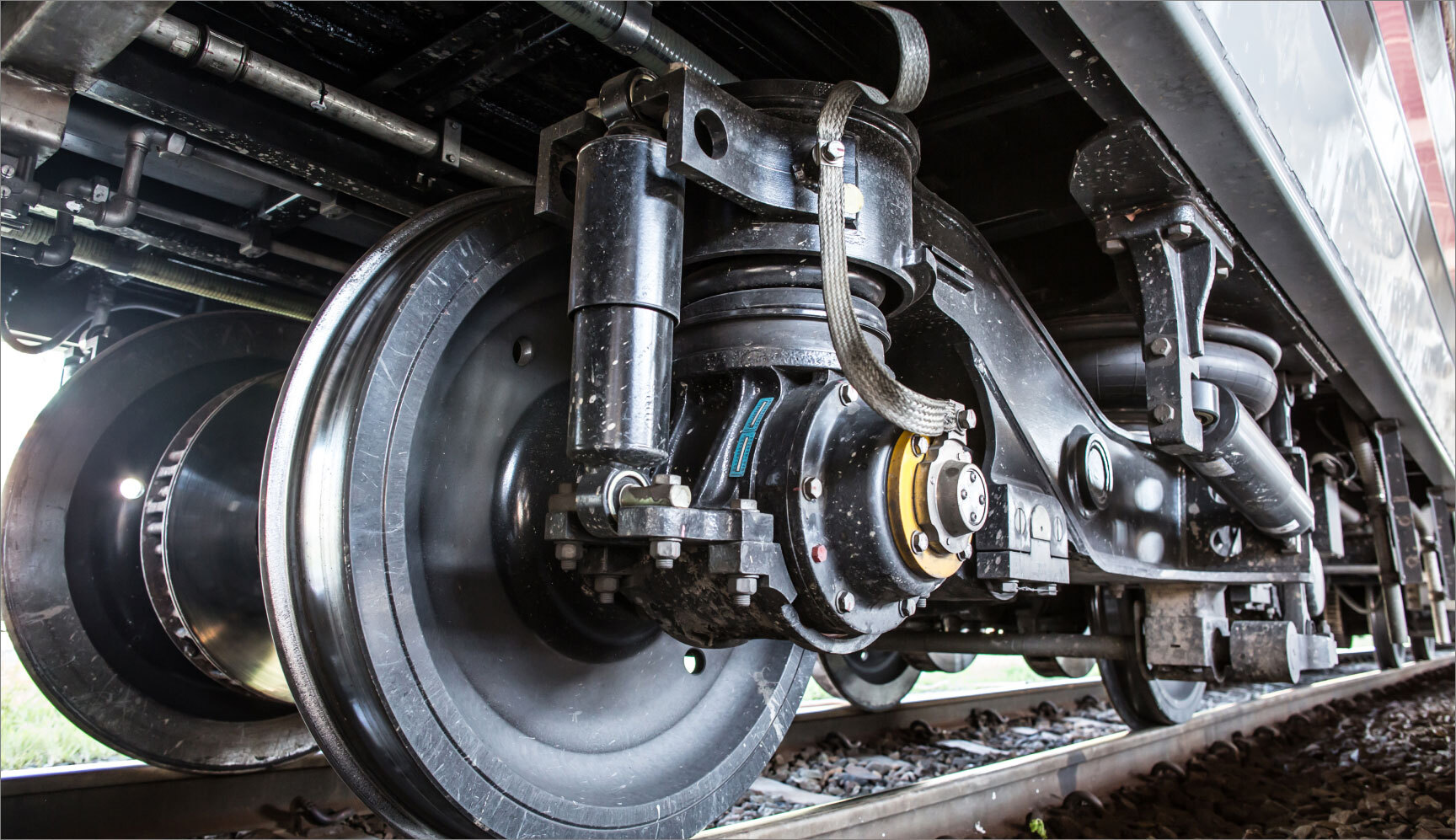

.jpg?width=352&name=Shutterstock_1473498770%20(1).jpg)
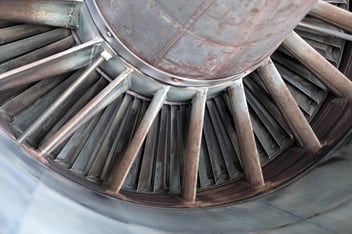



.jpg?width=352&name=Shutterstock_285892688%20(1).jpg)